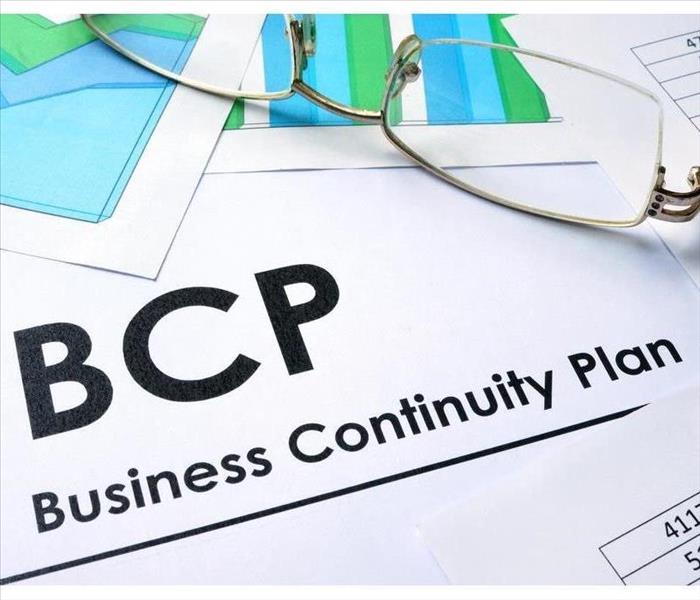Plan Ahead to Handle Disaster
3/5/2020 (Permalink)
Business owners in Bothell, WA, understand that anything can happen. While hopefully things will smoothly, a disaster can happen anytime. Along with natural disasters that require water remediation experts and building restoration, cyber threats can also be detrimental to a business. Instead of being at a loss of what to do, be prepared with a continuity plan …
What to Include
If storm damage, flooding or other extensive business interruptions happen, having a plan in place may help make weathering the storm a little easier. Since every business is different and has different requirements, a plan should be customized. There are general elements that should be included regardless of the business. They include:
- Identify key players and their responsibilities.
- Plans for risk mitigation.
- List daily tasks needed for optimal operations
- A detailed explanation of emergency procedures, including where to go and meet
- Method for coordinating with area emergency personnel
- Location of data backups
- Leadership’s contact information
Why It Matters
A continuity plan not only helps you handle an unexpected disaster, but it also helps you stay competitive and limits the effects of the disaster. Taking the time to sit down and discuss the what-ifs enhances communication among team members and can save a company’s reputation even in the worst scenarios. A clear way to deal with the unexpected better allows a company to continue service and avoid revenue loss.
Like with many things, a plan can only work if it is tested. Depending on scheduling, doing a run-through of the test at least once a year can help determine weakness and better maximize the plan’s results. It also provides hands-on training to employees, which can boost their confidence in case of a real disaster. Plans should be revisited periodically to ensure key elements are still viable.
Although no one can completely prepare for a disaster, a thorough continuity plan can make a difference if one happens.






 24/7 Emergency Service
24/7 Emergency Service
